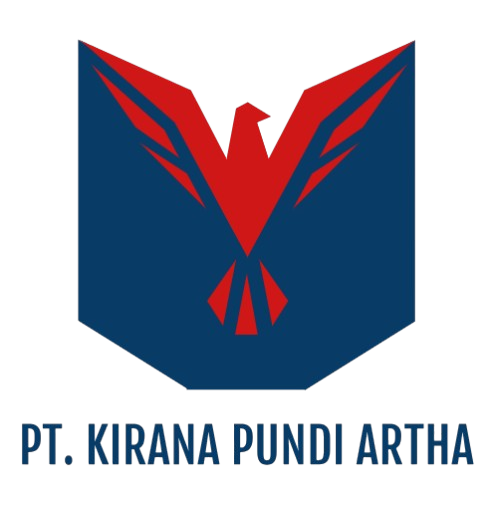
sel logo
Search Engine Land » SEO »
Chat with SearchBot
SEO today is about owning as much real estate as possible across a constantly evolving search landscape.
As AI reshapes search results into complex, multi-dimensional experiences, understanding and optimizing for SERP features has become critical.
This article breaks down how brands can adapt to these changes and thrive by leveraging every opportunity for visibility in 2025 and beyond.
The guiding purpose of SEO is to drive more relevant exposure and traffic to grow your business.
Conventional wisdom suggests achieving this by ranking as high as possible on the page, maximizing the chance of getting clicks.
However, modern search results are far more complex than the simple 10 blue links of the past.
As Google integrates AI into search through 2025 and beyond, results will become increasingly personalized and multi-dimensional.
Today, people browse in diverse ways, and every feature on a results page must serve a purpose – or risk being removed.
When building an SEO strategy and SEO action plan, it’s crucial to consider not only traditional rankings but also every SERP feature relevant to your target keywords.
The goal of modern SEO is twofold:
As search evolves, so too must SEO strategies to remain effective in this dynamic landscape.
Dig deeper: How to analyze Google’s SERPs
SEO results today include classic listings (blue links) and many SERP features that provide search engine users with new ways to discover and browse content.
Semrush sensor data shows that 99% of SERPs feature some SERP features.
This is not a fringe feature. If you are not considering SERP features, you are already falling behind.
There are many SERP features, some very specific to the query intent with low overall exposure (like flights and recipes, for instance), but the most common features are detailed below.
This data offers valuable insights into user behavior and the features that engage search engine users. For example:
Prominent features like reviews, “People Also Ask” boxes, and images present significant opportunities for savvy search marketers.
Even less frequent features may be highly relevant within your keyword universe. For ecommerce sites, many targeted search terms likely include organic product listings.
The key is understanding the frequency and relevance of SERP features within your focus topics and optimizing accordingly.
Below are interesting examples from recent projects and some of my own browsing.
We can see the SERP here breaks down as follows:
This page is packed with features, including a block of organic listings with images, highlighting the importance of visuals for this search.
And because the search query has a high commercial intent, we also see shopping listings.
The key point is that the first traditional organic listing appears as the 19th result on the page, and when accounting for up to 8 shopping or text ads, it’s closer to the 27th option.
The SERP breaks down here a little differently, and we see:
This example is less commercial and includes a mix of results, such as:
The People also search for results offer insight into the intent behind a broad search like “pinball,” showing users’ likely shift toward digital games and apps rather than actual pinball machines.
It’s also worth noting that, since I’m in the UK, pinball is less popular here than in other countries, which is reflected in the results.
This mixed set of results suggests that the search is part of the user’s journey, likely to be refined further toward specific intent, such as digital games or pinball tables for sale.
Get the newsletter search marketers rely on.
See terms.
In addition to common SEO KPIs, a key goal for SEO in 2025 should be maximizing visibility across the entire page of search results.
If you’re already visible in the standard organic results, boosting your presence across multiple features on the same page can be relatively simple.
The key is understanding the results for your most valuable keywords.
The following process will outline how to identify and optimize for each SERP feature.
The SAO (search, analyze, optimize) process is a simple approach to boosting exposure across various SERP features on Google and other search engines.
Identify relevant keywords. You can use your preferred keyword research strategy or pull them from existing research, rank reports, or PPC data (especially if you have conversion data).
Google Search Console can also offer insights for easy wins.
You can organize your keywords using this document template:
For each keyword, identify the relevant SERP features and update the template to guide your optimization efforts.
With an understanding of the prominence of other SERP features, you can now focus on boosting your exposure.
Optimizing for SERP features requires tailoring your strategy to the features most relevant to your goals.
While this article doesn’t cover every SERP feature, here are actionable tips for tackling the most prominent ones.
Tailor your approach to the SERP features that matter most to your goals.
While there are many SERP features, understanding their requirements and aligning your strategy is key to maximizing visibility and engagement.
When working to maximize exposure for the keywords that matter to your business, it’s important to recognize the interplay between strategy and tactics.
Sometimes, achieving greater visibility requires not just SEO adjustments but also a reevaluation of your product strategy.
For example:
Staircase kits
Premium artificial grass
Adjustments to product offerings were key to improving search visibility in both cases.
SEO isn’t just a standalone tactic. It can provide valuable insights into your broader product strategy, creating a feedback loop that enhances visibility and drives better results.
Contributing authors are invited to create content for Search Engine Land and are chosen for their expertise and contribution to the search community. Our contributors work under the oversight of the editorial staff and contributions are checked for quality and relevance to our readers. The opinions they express are their own.
Related stories
New on Search Engine Land
About the author
Related topics
Get the newsletter search marketers rely on.
See terms.
Learn actionable search marketing tactics that can help you drive more traffic, leads, and revenue.
Available on-demand: SMX Next
Available on-demand: SMX Advanced
Available on-demand: SMX Master Classes
Discover time-saving technologies and actionable tactics that can help you overcome crucial marketing challenges.
April 15-17, 2020: San Jose
Free 14 day Semrush trial
Get 55+ tools to gain insights and grow your audience.
Your Guide to Reporting and Measurement on Connected TV
Elevate Your Data Strategy: From Cookies to Universal Consent & Preferences
The 40% Shift: How AI is Radically Reshaping Marketing Budgets
Enterprise SEO Platforms: A Marketer’s Guide
Email Marketing Platforms: A Marketer’s Guide
Customer Data Platforms: A Marketer’s Guide
Data-Driven Strategies for Retail Success
Meet your new AI-powered marketing assistant!
Get the newsletter search marketers rely on.
Topics
Our events
Semrush
About
Follow us
© 2024 Search Engine Land is a Trademark of Semrush Inc.
Third Door Media operates business-to-business media properties and produces events, including SMX. It is the publisher of Search Engine Land, the leading digital publication covering the latest search engine optimization (SEO) and pay-per-click (PPC) marketing news, trends and advice. The company headquarters is 800 Boylston Street, Suite 2475, Boston, MA USA 02199.
